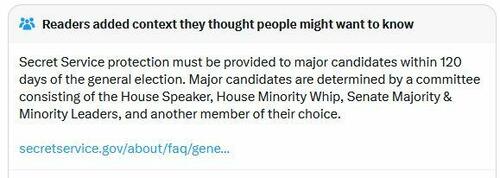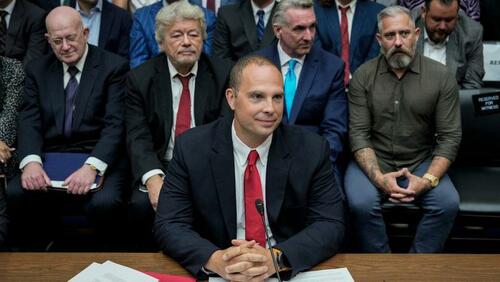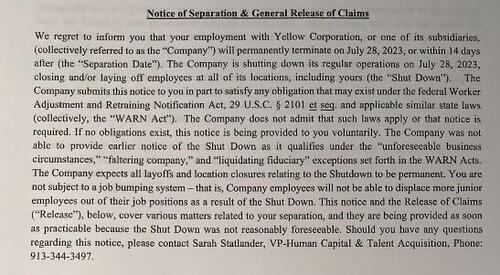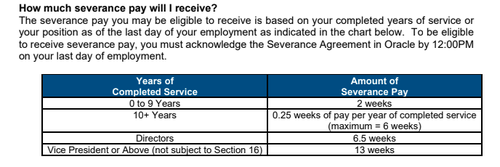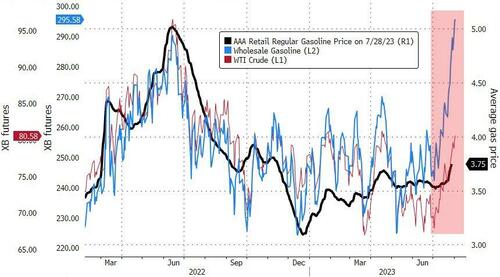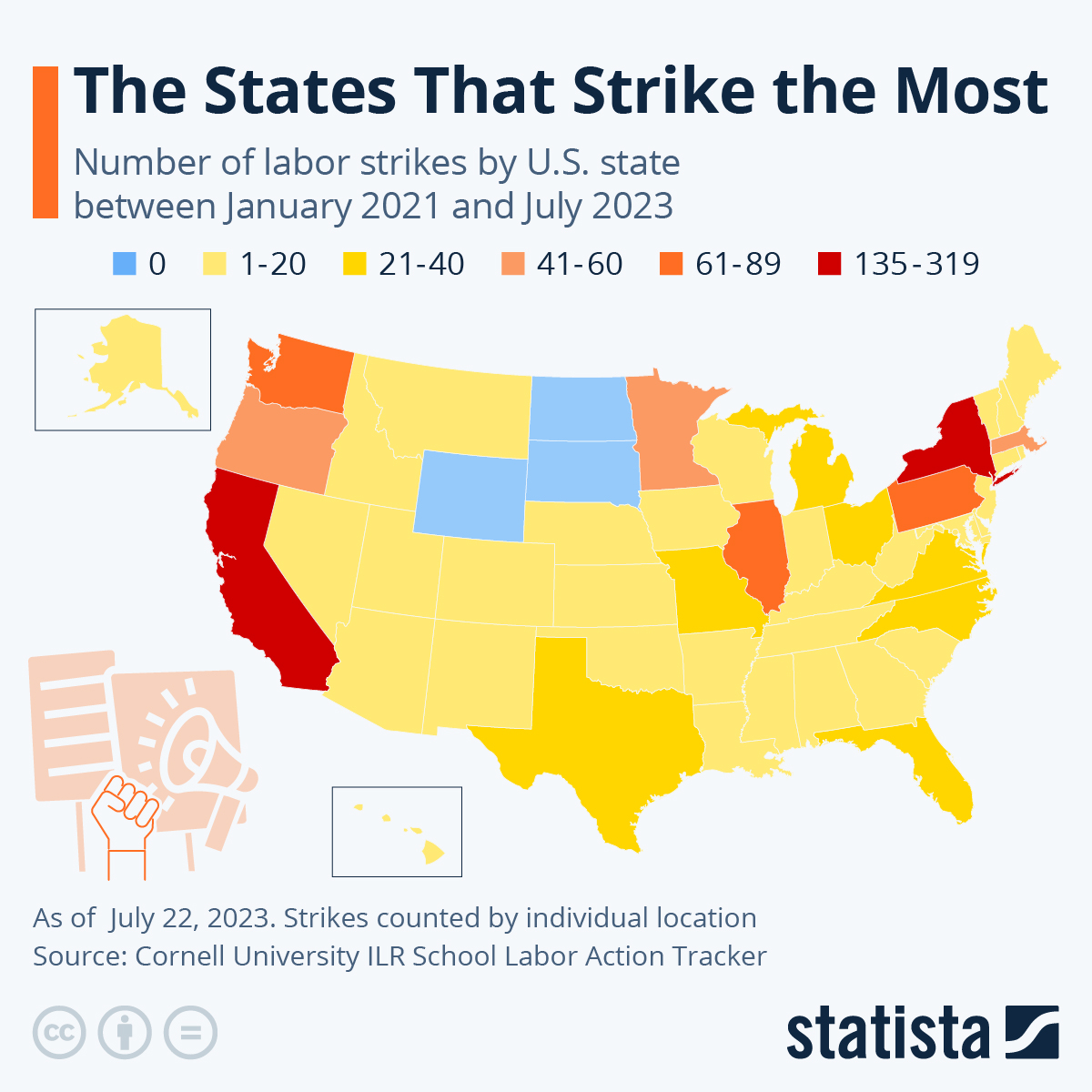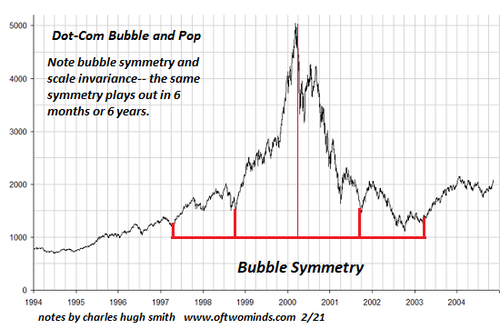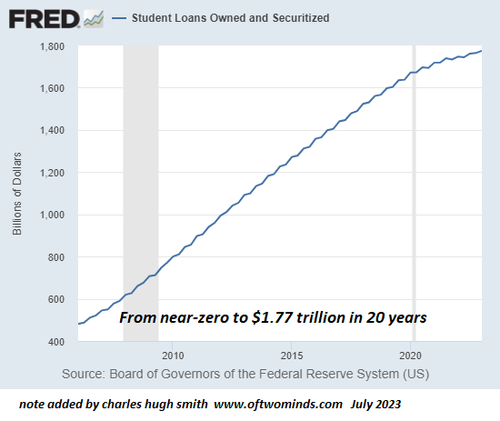An Arkansas statute (Act 372) makes it a crime (in its section 1) for librarians and booksellers to “[f]urnish a harmful item to a minor.” The U.S. Supreme Court has held that the First Amendment does not protect the distribution of “obscenity,” a narrow category that basically covers hard-core pornography. To be obscenity, a work must satisfy all three of the following elements, largely drawn from Miller v. California (1973), though with extra detail added by Smith v. U.S. (1977), Pope v. Illinois (1987), and Brockett v. Spokane Arcades, Inc. (1985):
- “the [a] average person, [b] applying contemporary community standards, would find that the work, [c] taken as a whole, [d] appeals to the prurient interest” (which means a “shameful or morbid” interest in sex as opposed to a “normal, healthy” interest);
- “the work depicts or describes, [a] in a patently offensive way [under [b] contemporary community standards], [c] sexual conduct specifically defined by the applicable state law”; and
- “the work, [a] taken as a whole, [b] lacks serious [c] literary, artistic, political, or scientific value[, [d] applying national standards and not just community standards].”
And the Court has also held that the law may bar distribution to minors of sexually themed material, if it fits within what is basically the Miller test with “of minors” or “for minors” added to each prong (e.g., “the work taken as a whole, lacks serious literary, artistic, political, or scientific value for minors“). Ginsberg v. New York (1968), a pre-Miller case, upheld a law that implemented the then-current obscenity test with “to minors” added at the end of each prong; most lower courts and commentators have assumed that Ginsberg plus Miller justify laws that implement the Miller-based test with “to minors” added to each prong as well. This category is often labeled material that is “obscene for minors” or “harmful to minors.” (This is a completely different First Amendment exception from the one for child pornography, which focuses not on the recipient of the material but on the person depicted in the material.)
Now of course this raises the question: Minors vary sharply in age; is a work “obscene as to minors” when it has value for a 17-year-old (or isn’t patently offensive when displayed to a 17-year-old) but lacks value for a 5-year-old? Back in 1986, the Arkansas Supreme Court held (to quote a summary from a contemporaneous federal district court decision) that It is now clear that “material which is only harmful to the youngest of the minors” is treated as “harmful to minors” “even though such material would not be harmful to adults or older minors.” And because of this, District Court Judge Timothy Brooks (W.D. Ark.) held today in Fayetteville Public Library v. Crawford County, Section 1 of Act 372 is likely unconstitutional:
The Arkansas Supreme Court has already determined that “harmful to minors” includes a broad category of protected speech. Take for example, a paperback romance novel, which contains descriptions of sex. It is unlikely young minors would be interested in reading such a book, but if for some reason it were “made available” to them in bookstores or libraries, booksellers and librarians could possibly face penalties—depending on how that term was construed.
{The State’s attorney’s colloquy with the Court during the hearing makes clear that all parties agree about the breadth of material that would fall under the ambit of “harmful to minors” if Section 1 went into effect:
THE COURT: And librarians and booksellers and every person to whom Section 1 will become applicable to, in curating their content and offerings, will have to apply the test for what is harmful to minors to what is harmful to a 5-year-old without regard to the fact that that may not be harmful to a 17- year-old. Do you disagree with anything I have said so far?
STATE: No, Your Honor.}
If libraries and bookstores continue to allow individuals under the age of 18 to enter, the only way librarians and booksellers could comply with the law would be to keep minors away from any material considered obscene as to the youngest minors—in other words, any material with any amount of sexual content. This would likely impose an unnecessary and unjustified burden on any older minor’s ability to access free library books appropriate to his or her age and reading level. It is also likely that adults browsing the shelves of bookstores and libraries with their minor children would be prohibited from accessing most reading material appropriate for an adult—because the children cannot be near the same material for fear of accessing it. The breadth of this legislation and its restrictions on constitutionally protected speech are therefore unjustified.
The court also held that Section 1’s prohibition on people “present[ing],” “mak[ing] available,” and “show[ing]” such material to minors is also unconstitutionally vague because it leaves “librarians and booksellers unsure about whether placing books known to contain sexual content on the bookshelves may subject them to liability once a minor walks through the front door”:
During the evidentiary hearing, the Court asked the State whether “makes available” meant “merely having [a book] on a bookshelf with nothing harmful on the cover or the spine, merely having it on a shelf with other books,” and the response was, “I’m not sure we go that far.” The State’s attorney suggested, however, that it was possible that liability could attach to booksellers or librarians “if there was an open book that was just on the shelf” and the bookseller or librarian “kn[ew] for a fact the minor was actually viewing the material and then willfully turn[ing] a blind eye to it.” This explanation demonstrates the challenge facing booksellers and librarians. There is no clarity on what affirmative steps a bookseller or librarian must take to avoid a violation.
The court also held that another provision of the Act, Section 5, was likely unconstitutional as well, partly because it’s too vague:
Plaintiffs separately challenge Section 5 of the Act, which purports to protect minors from the dangers of inappropriate books at the public library by requiring libraries to adopt a process for challenging books in their collections. The term “appropriateness,” as used in Section 5, is not defined there or anywhere in the Arkansas Code.
Section 5 articulates a procedure by which anyone “affected” by a book may challenge its placement in the library or its inclusion in the library’s collection on the ground that it is “[in]appropriate.” … Section 5 … is very poorly drafted. The State offered various explanations for the terms at issue in Section 5, and it did its his best to harmonize inconsistent provisions and fill in the gaps where the law fails to provide crucial guidance to libraries, library committees, and local governmental bodies. Nevertheless, the State conceded—more than once—that such explanations appear nowhere in the text of the law and simply represent the State’s “best construction” of the statute’s plainly ambiguous terms.
Perhaps any vagueness may be chalked up to the General Assembly’s haste to enact Act 372, but the lack of clarity seems to have been by design. After all, by keeping the pivotal terms vague, local governing bodies have greater flexibility to assess a given challenge however they please rather than how the Constitution dictates.
In Section 5, the term “appropriateness” is fatally vague, all but guaranteeing that the challenge procedure will result in books removed or relocated based on the content or viewpoint expressed therein. “Appropriateness” does not mean “harmful to minors,” but instead means something else. When the Court asked the State how library committees and local governmental bodies should interpret the term “appropriateness” in the context of a challenge to a library book, its counsel responded that these entities should simply consider the library’s “criteria of selection.” This is problematic, since Section 5 does not require the local governmental body to rely on the library’s “criteria of selection.” In fact, the library’s selection criteria policy did not even make the list of items that must be submitted to the governing body on appeal. See § 5(c)(12)(B)(i).
In the absence of a statutory definition, the Court turns to the dictionary, which defines “appropriateness” as “the state of being suitable for a particular person, condition, occasion or place.” Given this definition, it is difficult, if not impossible, to assess a challenged book’s “appropriateness” without considering its content, message, and/or viewpoint.
In fact, Section 5 specifically contemplates that a library review committee or local governmental body may consider the material’s “viewpoint.” The law cautions only that a book should not be withdrawn from the library’s shelves “solely for the viewpoints expressed within the material.” Asked whether Section 5 permitted a book to be withdrawn if “90 percent of the reason” was the book’s viewpoint, the State simply asserted that the analysis turns on “the text” of Section 5, which “only says ‘solely.'”
Other provisions of Section 5 reinforce the role of viewpoint in assessing a challenge. Section 5 specifically contemplates that members of a library review committee or local governmental body will bring their “diverse viewpoints,” to evaluate the appropriateness of a book. Why include such a requirement if viewpoint may play no part in judging appropriateness?
The State also concedes that Section 5 is not limited to challenges about children’s books: Any book could be challenged by any member of the public who believed it was “[in]appropriate” for minors or for adults. The Court agrees. After all, the statute contains no limiting language that would restrict the challenge procedure’s scope.
Does the challenge procedure contemplate that materials will be withdrawn from a library’s collection or relocated to a restricted section in the library? The Court cannot say. The statute uses both “withdraw” and “relocate.” Nor does Section 5 specify whether materials subject to a challenge may be “withdrawn” only temporarily or for good. A permanent ban would pose a greater burden on access to protected speech than relocating the book to another section of the library, and Section 5 presents both options as though they were equivalent.
Furthermore, if a library committee or local governmental body elected to relocate a book instead of withdrawing it, Section 5 only contemplates relocating it “within the library’s collection to an area that is not accessible to minors under the age of eighteen (18) years.” But the law also contemplates challenges to appropriateness writ large, not just with respect to minors. The law, then, must allow for withdrawal. Otherwise, where would such a book—deemed broadly inappropriate for all readers, regardless of age—be placed?
Finally, Section 5 does not define what makes a space “accessible to minors,” leaving libraries to guess what level of security meets the law’s requirements. For example, it might mean the use of physical barriers, such as walls, doors, and locks. Or, it might mean a sign saying, “No minors allowed beyond this point.”
For all these reasons, the Court finds that Plaintiffs have a high likelihood of success in proving that several critical terms in Section 5 are too vague to be understood and implemented effectively without also allowing those tasked with enforcing the law to adopt unconstitutional, impermissible interpretations.
And the court concluded that section 5 was also likely unconstitutional because it was impermissibly content-based:
During the hearing, the State made little effort to defend the vague terms in Section 5 and instead focused its attention on a broader point made in its brief, that “[s]tates may add and remove materials from public libraries at will.” The State seemed to argue that content-based censorship of otherwise constitutionally protected speech, as contemplated by the Section 5 challenge process, was perfectly acceptable. The State further implied that a professional librarian’s decision to stock the shelves with books representing diverse topics and viewpoints—which does not offend the Constitution—is equivalent to a local governing body’s decision to strip the shelves of books espousing unpopular or minority viewpoints.
The Court followed up on this point in the hearing:
COURT: Does the government have the same right to take out of the public domain something that it finds at a current point in history to be undesirable?
STATE: I think that under the full extent of the government speech doctrine, yes, Your Honor ….
COURT: But you believe that the government speech argument that you’re making applies equally to removing a book from the shelf as it does to the decision to place it on the shelf in the first place?
STATE: Yes, Your Honor.
The Court then asked the State what recourse a citizen would have if one, two, or dozens of books on a particular topic or expressing a particular viewpoint were deemed “inappropriate” and removed from the library’s general collection by the local governmental body in a “final” decision without any written explanation. Incredibly, the State responded:
We live in a democracy. If the citizens are unhappy with how the quorum court or whatever the governing body is exercising their power, they are allowed to vote them out.
The State then doubled down on its argument, that under the First Amendment “there was no right to receive information”—something “the state believes … is the correct position.” …
In Board of Education, Island Trees Union Free School District Number 26 v. Pico (1982), [t]he majority of justices … agreed that the state’s censorship power could not be exercised “in a narrowly partisan or political manner”—even in a school library setting. See Pico, 457 U.S. at 870 (Brennan, J., plurality opinion); id. at 879 (agreeing that the Supreme Court’s “precedents command the conclusion that the State may not act to deny access to an idea simply because state officials disapprove of that idea for partisan or political reasons”) (Blackmun, J., concurring); id. at 907 (“cheerfully conced[ing]” this point”) (Rehnquist, J., dissenting); id. at 883 (noting that the trial court should determine “the reason or reasons underlying the school board’s removal of the books”) (White, J., concurring in judgment).
Setting aside Pico, Defendants are unable to cite any legal precedent to suggest that the state may censor non-obscene materials in a public library because such censorship is a form of government speech….
With respect to the First Amendment rights of adults, “[t]he right of freedom of speech … includes not only the right to utter or to print, but the right to distribute, the right to receive, the right to read and freedom of thought ….” … This does not mean that librarians lack discretion to select library materials in the first instance; it simply means that their selection criteria must serve the First Amendment’s vital “role in fostering individual self-expression [and] … in affording the public access to discussion, debate, and the dissemination of information and ideas.” In the instant case, no party has expressed concern that professional librarians violate the First Amendment in selecting works for the library. Instead, it is the threat of state censorship that is at issue here.
When it comes to children, it is well established that “minors are entitled to a significant measure of First Amendment protection” and the government may restrict these rights “only in relatively narrow and well-defined circumstances.” It is also well established that “[s]peech that is neither obscene as to youths nor subject to some other legitimate proscription cannot be suppressed solely to protect the young from ideas or images that a legislative body thinks unsuitable for them.” Finally, when it comes to public spaces, like public libraries, “the governmental interest in protecting children from harmful materials … does not justify an unnecessarily broad suppression of speech addressed to adults.”
For these reasons, the court concluded that plaintiffs were likely to succeed in their claims that Section 1 and Section 5 are both unconstitutional, and preliminarily enjoined the enforcement of both provisions.
The post Federal Court Blocks Arkansas Law That Limits "Harmful to Minors" Books in Libraries and Bookstores, and Also appeared first on Reason.com.
from Latest https://ift.tt/R8eMxnu
via IFTTT
